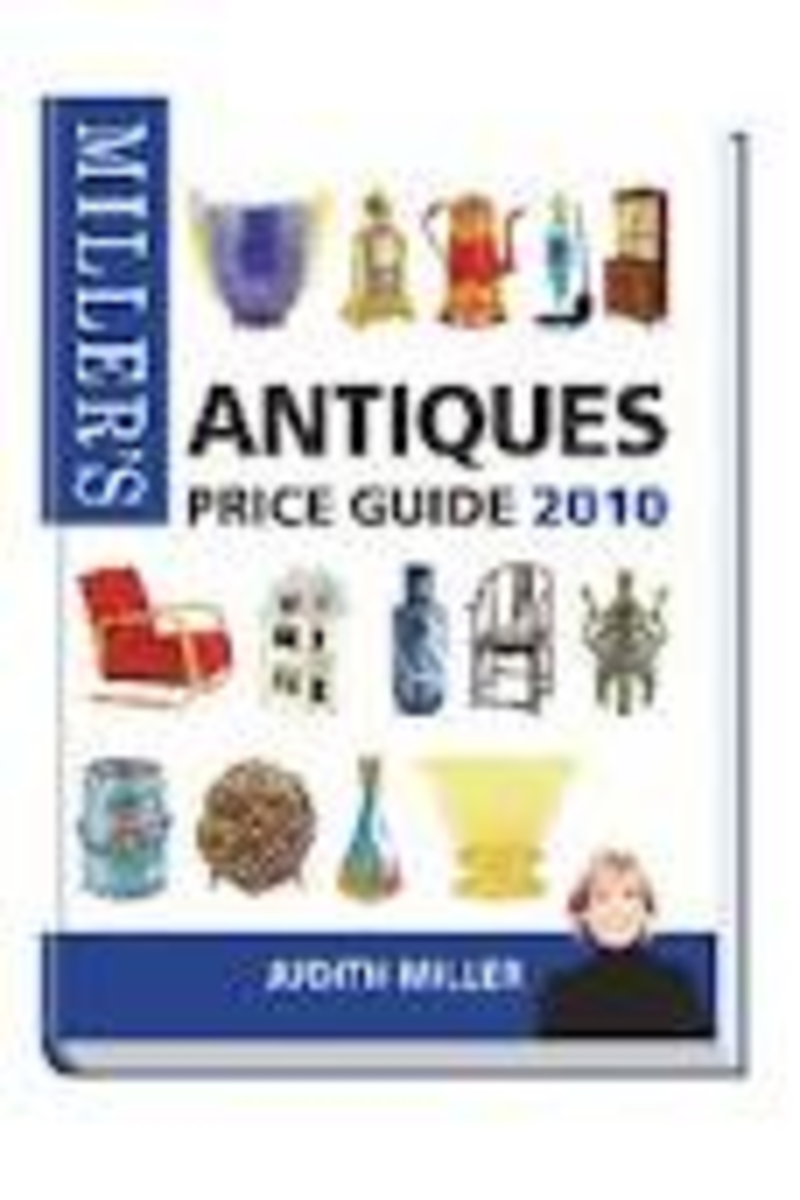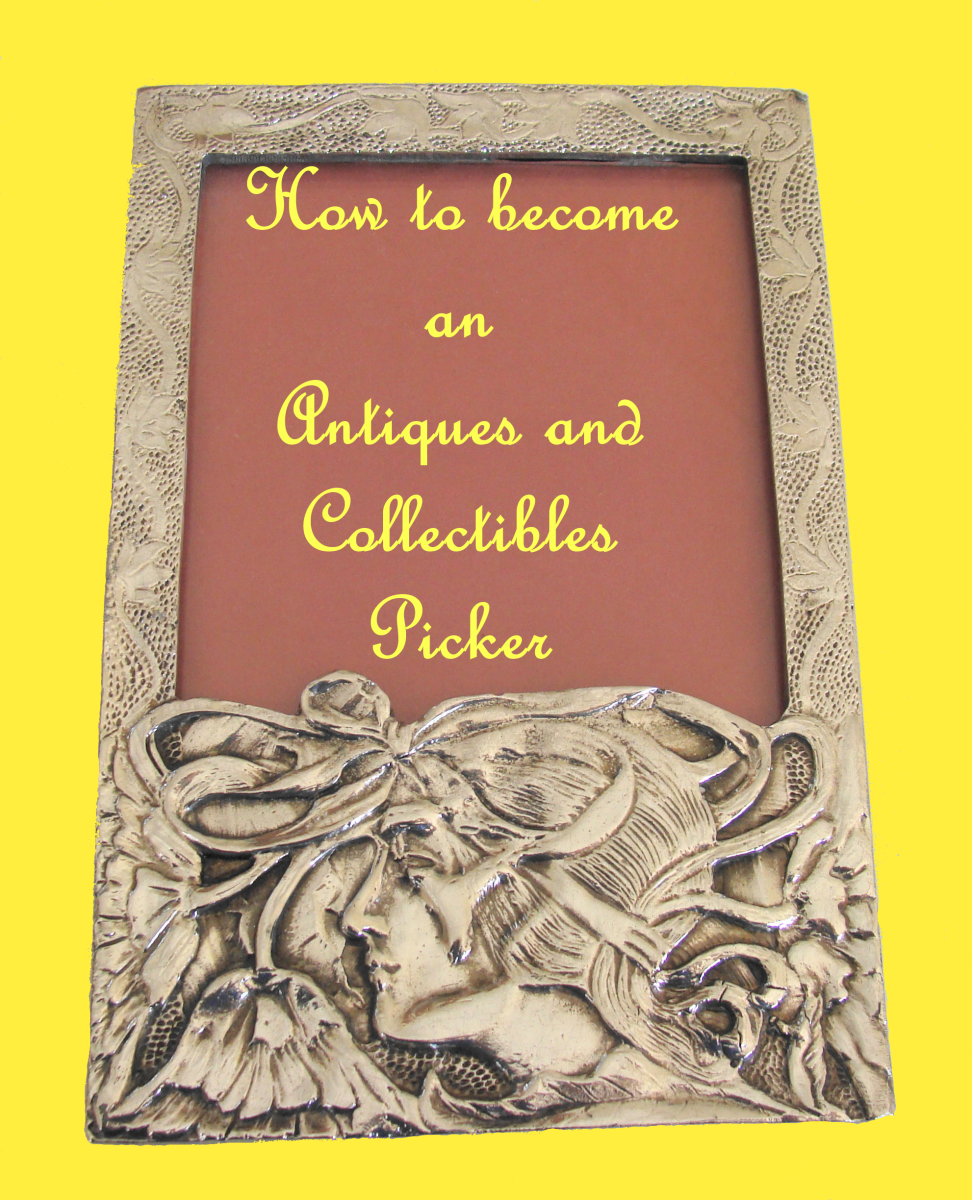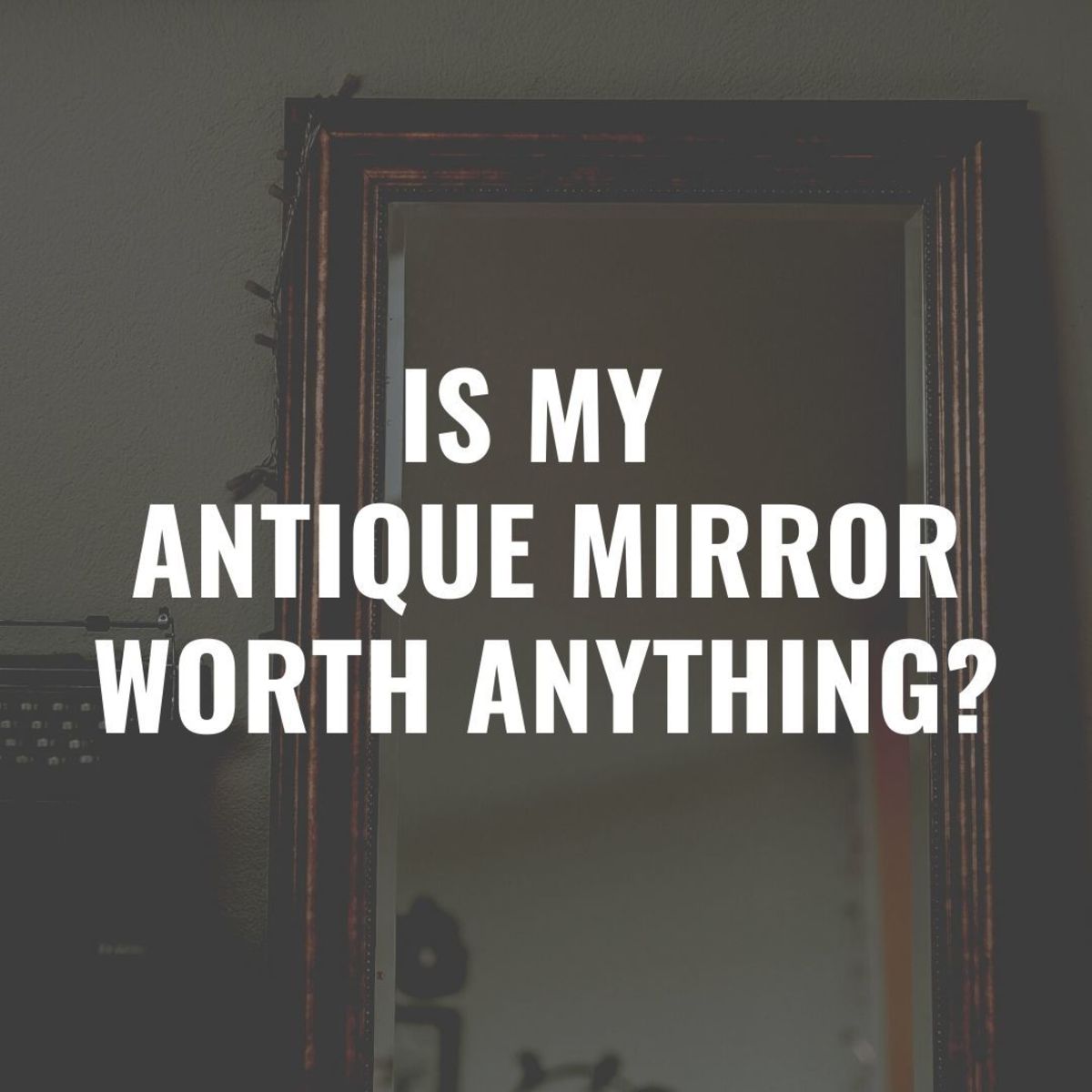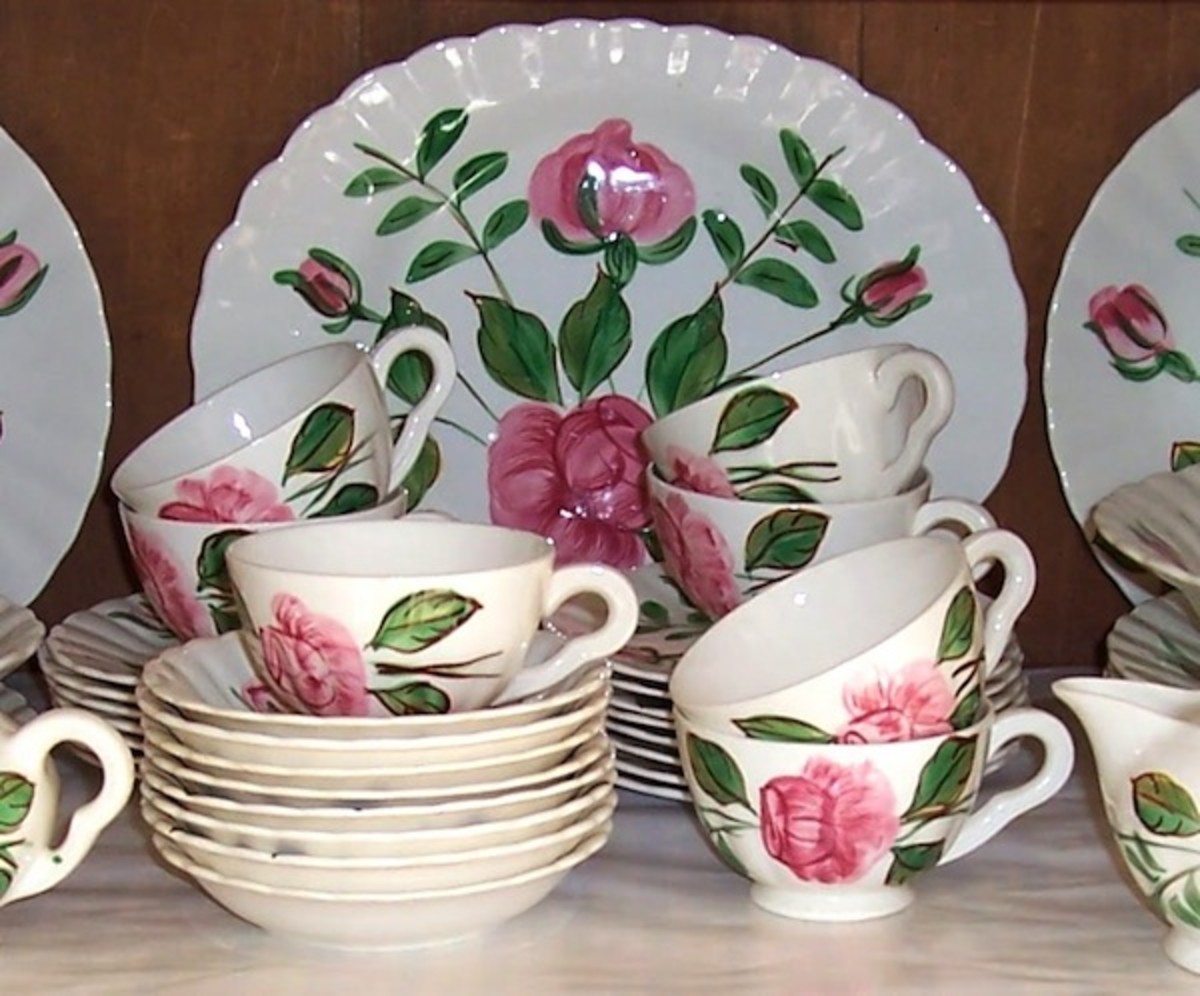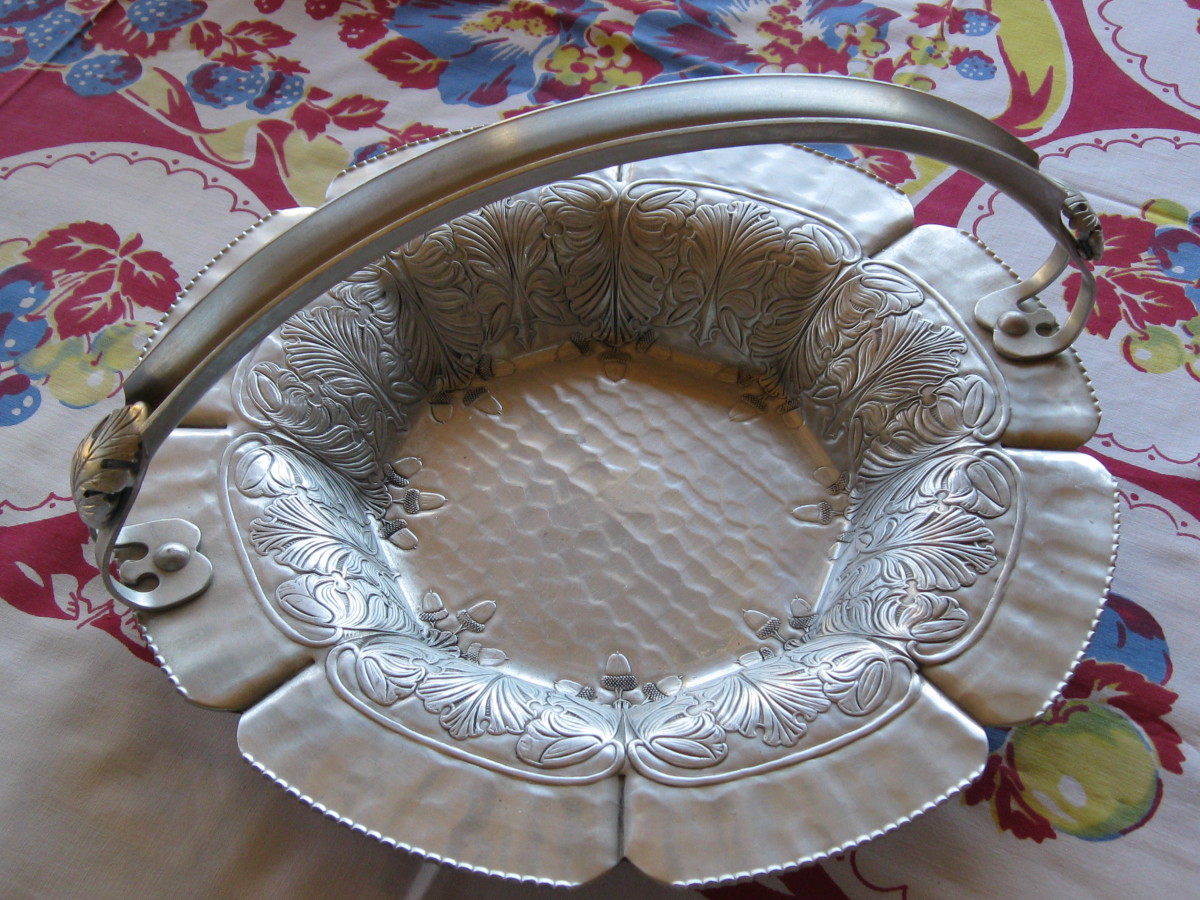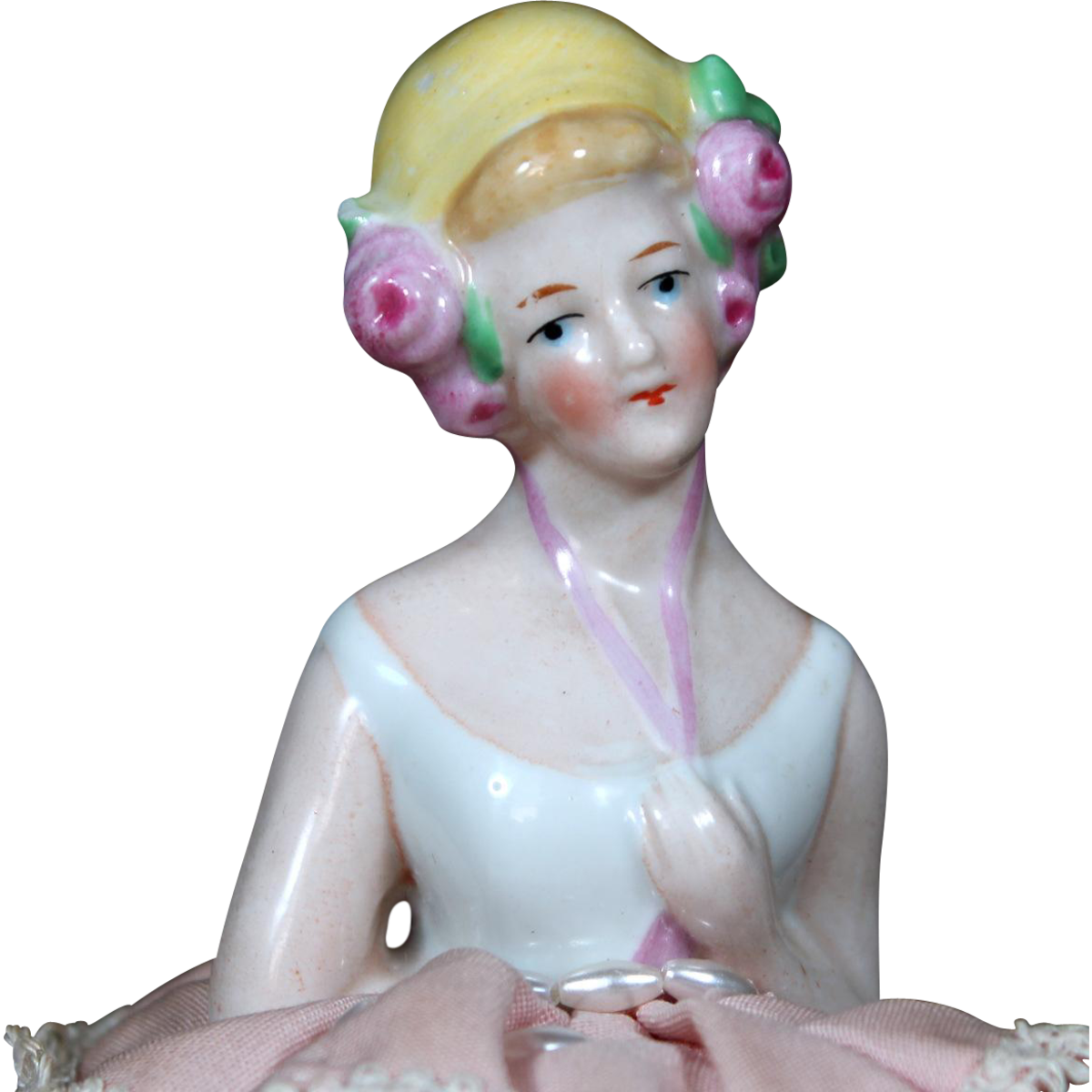Antiques and Collectibles of the Future
Designer Lemon Juicer
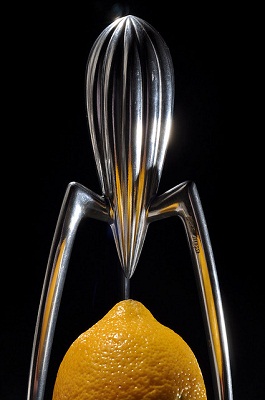
Investing for the Future
If people in the past hadn't bought good quality furniture, ceramics, glass, and other items, then kept them, loved them and looked after them, there would be very little for the antiques trade to sell.
The question for many buyers nowadays is, "What can I buy that will eventually appreciate in value and one day qualify as a desirable antique or collectible?"
Perhaps you'd look for individually made unique pieces from a crafts person or prefer valuable jewellery with intrinsic value in gold and precious stones.
Surely anything made by one of today's great designers like Philippe Starck will increase in value and desirability. The lemon juicer illustrated here is an example of one of his unique designs. Whatever you choose, you are relying on your judgement to one day make a profit for either you or your descendants.
A UK Antiques Fair (Show)
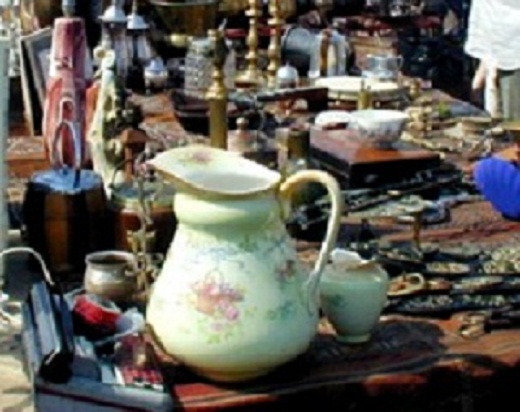
How to Choose your Future Antique or Collectable
Would you want to buy any of the items for sale on the table above? Some people are obviously considering doing so but are any of them future collectables?
Some of the things aren't very old, others are already collectables, but will any of them increase enough in value to be worth buying and storing?
The first rule to bear in mind is that there are no guarantees so you should only buy what you like. If you buy solely for investment, you should only spend what you can afford to lose—the same principle as any other gamble.
Whether you plan to buy furniture, glass, ceramics or other types of items, the main thing you should look for is quality.

Investing in Furniture
The official definition of an antique is that it is one hundred years old. Nowadays, you will see furniture much younger than that sold as antiques. The definition has got looser as high quality antique furniture has got harder to find.
Tastes have also changed and what is called ‘brown furniture’ is no longer popular whereas stylish good quality Art Deco style pieces have risen in value even though they were made in the 1920s and 1930s. Similarly, 1950s style furniture has also become fashionable.
Craftsman made furniture, in good quality wood, well finished and, if possible, signed, will almost certainly hold its value and possibly appreciate in value over time whereas a piece of mass-produced furniture from your local chain store, made of chipboard, even with a wood veneer, will almost certainly lose value the moment it leaves the store. It will not improve with age and polishing and will probably deteriorate the longer it is used.
Learn More about Philippe Starck Designs
- Philippe Starck - Official website
The official website of creator, designer and architect Philippe Starck
Would You Buy this Furniture as an Investment?
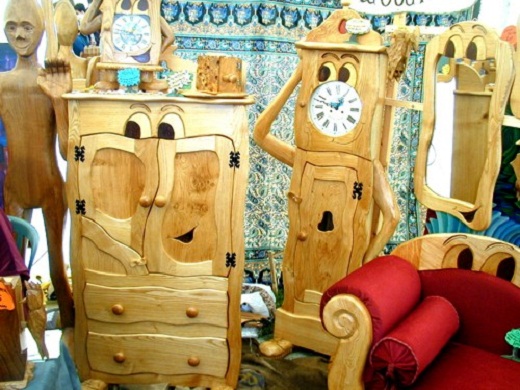
My partner and I were amused by the furniture shown in the picture above when we saw it at a craft fair (show) held in the grounds of Princess Anne’s house, Gatcombe Park.
Each quirky piece is unique and beautifully made. Would its quirkiness count against it as an investment or perhaps it would add to its value? My instinct is that it would probably hold its value and perhaps even make a profit in the future.
It’s made by one craftsman so the market is never going to be swamped with similar pieces. This is the judgment you must make when you buy for investment.
The other thing to think about is: do you like it? If you don't, you really shouldn't buy it because you might have to live with it for a number of years before it has increased enough to be worth selling. It doesn't just apply to this furniture. It applies to any possible antique or collectible you consider buying for investment.
List of Furniture Designers
- List of furniture designers - Wikipedia, the free encyclopedia
Don't know the names of any furniture designers? Here's a long list on Wikipedia to get you started. Each name has a link to more information.
"Have nothing in your house that you do not know to be useful, or believe to be beautiful."
— William MorrisConsider Anything that is Beautifully Designed
Antiques of the Future by Lisa Roberts
It's not only traditional items that might appreciate in value. Anything that is either not mass produced or is likely to be thrown away or suffer heavy use, could appreciate in value if the design is striking, beautiful or unusual as long as it is in good condition.
The more ephemeral the piece (things likely to be thrown away or damaged by heavy use), the more important condition becomes.
Architect and designer Lisa Roberts chooses the items that she believes are antiques of the future in this beautifully illustrated book.
They include articles from great modern designers like Philippe Starck and the book includes items as diverse as a kettle, a radio, hair dryer and many more.
Potter Making a Teapot
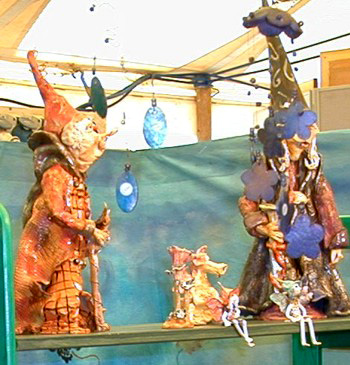
Pottery and Porcelain
When buying ceramics, hand thrown pots or beautifully modelled figures, made by a skilled potter and beautifully finished, no matter how innovative the design, are also likely to gain in value over years unless, of course, they are unbelievably ugly!
If they are one-off designs, even better. To have the best chance of buying ceramics that becomes future collectables, don’t buy mass produced items.
For example, nowadays most commemorative ware, like that made for Queen Elizabeth II’s Golden Jubilee in 2002 or Diamond Jubilee in 2012, was made in millions. The chances that any of these pieces will ever become rare or desirable are small.
Don’t think that just because something is now popular that it will be popular and valuable in 50 or 100 years time. The more popular it is now, the more likely it has been mass produced as cheaply as possible and bought by hundreds of thousands, if not millions, of people.
Another example that springs to mind is the Princess Diana commemorative ware that was produced after her tragic death. You might think that a piece with a facsimile of her signature would increase the value – not true. It would be different if you had something that had been signed by the Princess and could be proved to be a genuine signature, not just a reproduction of it.
Take a look at the pictures above and below. Both were taken at the same craft fair as the quirky furniture. Would you consider investing in either type? Again, my instinct is to choose the more unusual pieces shown above. I’ve seen very few pieces of pottery like these figures whereas there are thousands of the more traditional pieces shown below from many different manufacturers and individual potters.
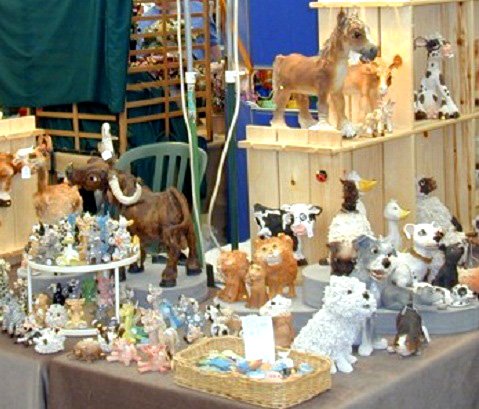

Limited Editions
You have probably seen advertisements in magazines for limited edition plates, dolls, prints, etc. Often the advertising copy suggests that they might appreciate in value.
If you have a print by a well known and collectable artist and the edition is limited to something like 50 or 100 numbered prints, these might well gain in value because they are rare. However, these are seldom, if ever, advertised in popular magazines. A limited edition of many thousands is unlikely ever to be rare and desirable especially if it is mass produced with no intrinsic value or artistic merit.
Instead, consider buying a painting just because you love it. If you love it and enjoy looking at it hanging on your wall then the chances are that other people will like it too. It might never reach the dizzy heights of a piece by Damien Hirst but more people might like it and perhaps Hirst’s work will go out of fashion.
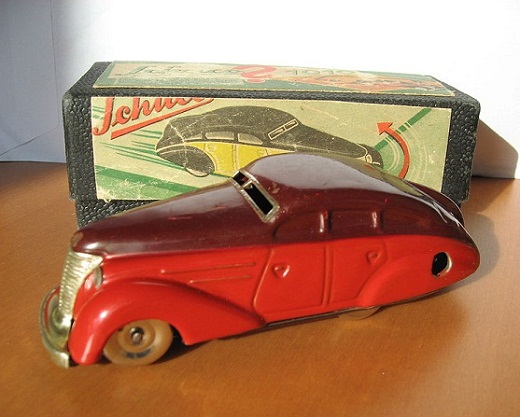
Brand New Toys and other Collectibles
Which Ones Will Increase in Value?
Over the last few years, there has been a growing trend for experts to recommend buying brand new toys and models. They say the key to making a profit on them in years to come is to keep them in their original packaging and never, ever let any child or adult play with them.
These experts might be right. Perhaps you or your children can make a profit on things like these sometime in the future but what a joyless way to collect.
They can never be put on display because it’s important that the packaging is preserved in pristine condition. What enjoyment or pleasure will you get from them until the moment you sell and make a profit? If, in twenty, thirty or more years, when you or your descendants decide to sell and they make a loss, what a disappointment. If that happens, they will have served no purpose at all.

Faking of Very Popular Collectibles
Faking of Star Wars figures and other very collectible modern toys and similar items is reaching massive proportions. In fact, it is done on a large-scale, apparently with many of the fakes coming from China.
It is very important that you are very sure of the source from which you buy the more expensive modern collectables. It is easy for even expert collectors to be fooled by fakes.
Illustrations of Fake Star Wars Figures
- BEHIND THE TOYS
As well as giving information, this site has photos of fake figures and points out what to look for when buying to avoid fakes.
Beware of Fake Star Wars Figures
- Spotting Fake Vintage Star Wars Figures | eBay
Spotting Fake Vintage Star Wars Figures - We knew that there has been a proliferation of fake "vintage" Star Wars Weapons on eBay and other retail websites. We strongly suspected that Blue Snaggletooth has...
What Do You Think About Antiques of the Future?
Would you buy furniture, ceramics, art, etc, as an investment?
The Golden Rules of Collecting
In my opinion, these are the golden rules of collecting for possible investment.
- Buy only what you like yourself
- Buy the best quality possible
- Concentrate on individual craftsman produced articles
- Look for rarity and desirability
- Avoid mass produced items
- Avoid ‘limited’ editions when they are limited to many thousands
- Avoid commemorative ware when it is mass produced.
Learn More About Antiques of the Future
Learn to appreciate modern designs that will become the design classics of the future. Having said that, don't succumb to passing fads either - do you remember the passion for beanie babies? The prices rose and rose and now you can't give them away.
Some items that are fashionable now will still be desirable in the future. The trick is to choose which ones. Here are two links to help you decide on the features that you think will still be attractive in the future.
The Design Museum, London
- Design - Design Museum
For the Design Museum, design is a continually evolving subject which it explores through its exhibitions programme, permanent collection, learning and research activities. Explore the museum's annual Designs of the Year awards, a great snapshot of c

The Museum of Arts and Design
- About MAD | The Museum of Arts and Design (MAD)
The Museum of Arts and Design in New York presents the work of contemporary artists, craftspeople and designers. If you can't visit the museum in person, keep checking the website so you get a good eye for innovative modern design.
© 2014 Carol Fisher


